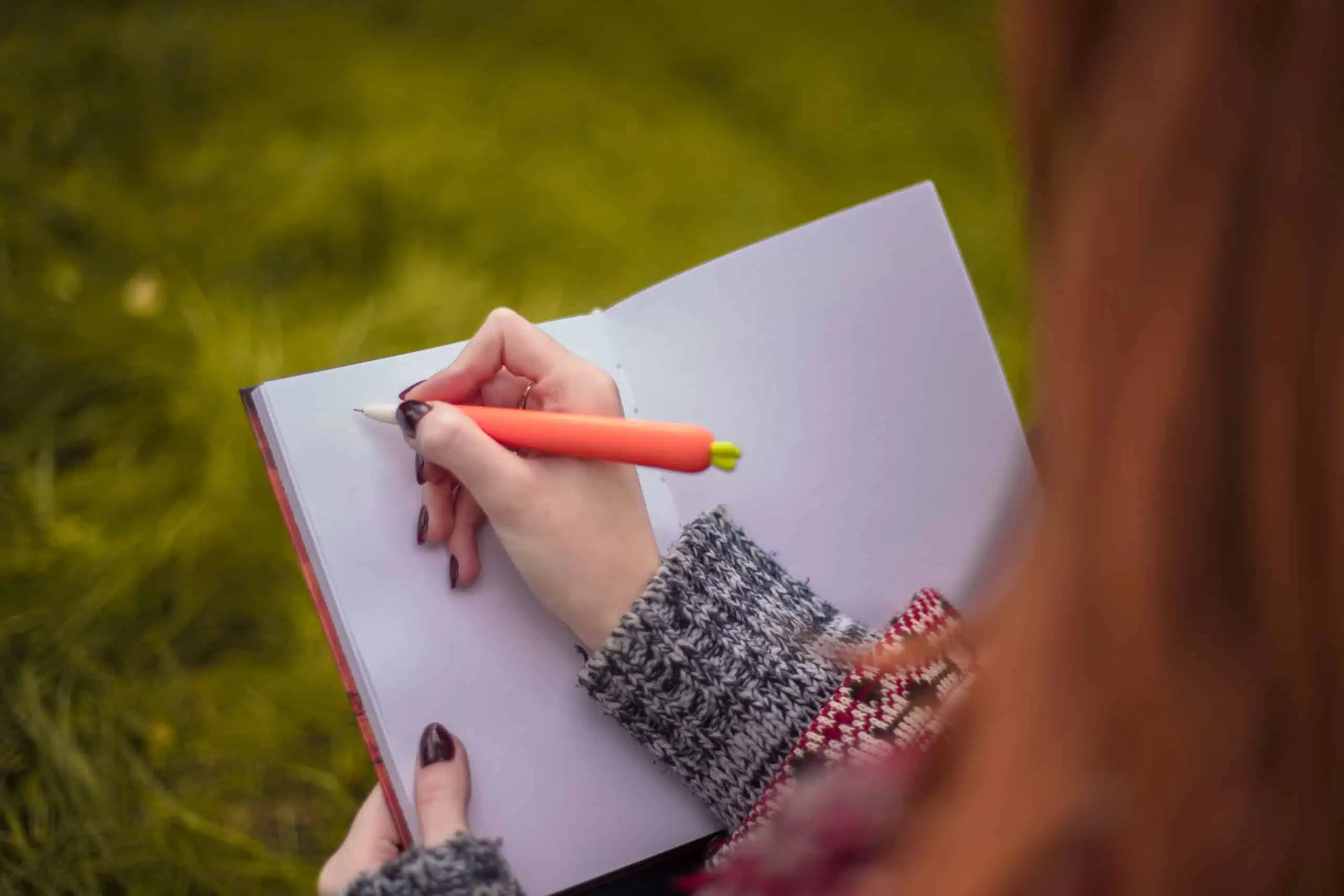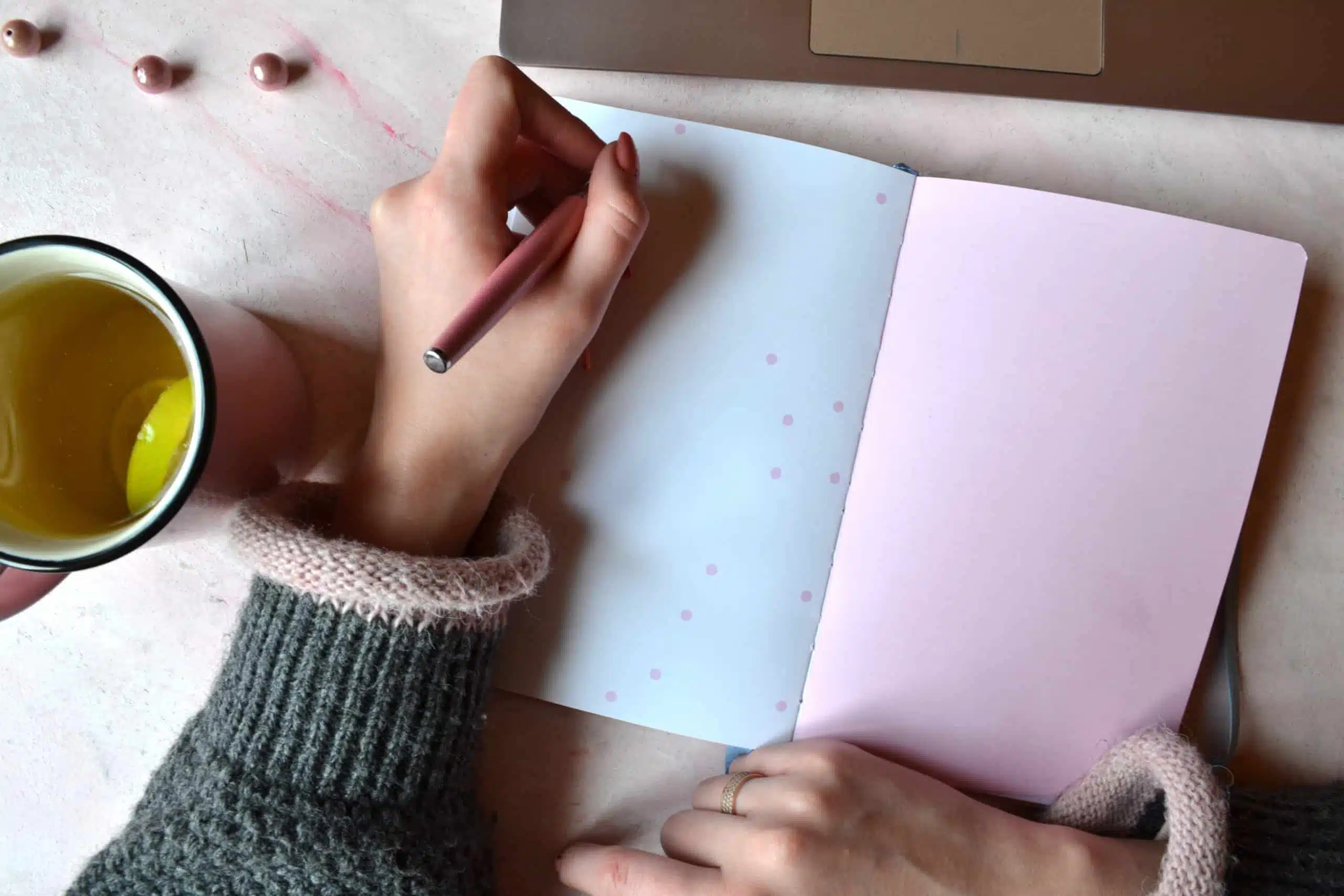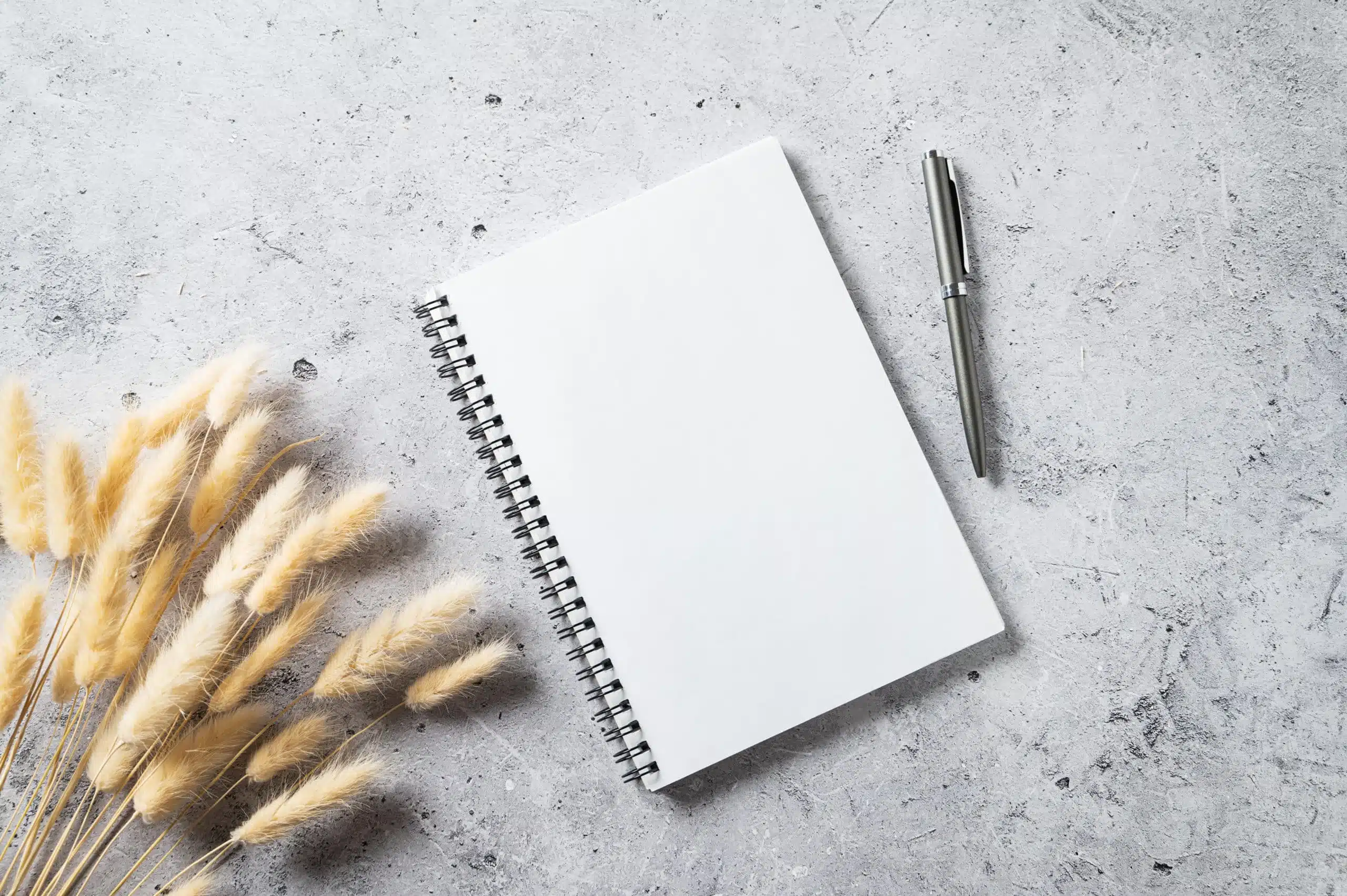Here’s what the Glosa poetry form is:
The glosa is a Spanish poem form that includes and expands upon an excerpt from another writer’s work, using it in refrains throughout a poem written as a lengthy accompaniment.
It seems to be structurally based on Greek odes, but there is a great deal of disagreement as to what does and does not constitute a glosa.
So if you want to learn all about the Glosa poetry type, then you’ve come to the right place.
Let’s jump right in!
- Arte Mayor Poetry Form: Woo With Words
- Soledad Poetry Form: Plunge Into Silence’s Haven
- Zéjel Poetry Form: Blaze Trails in Thought

Forms of Poetry: Glosa

The glosa, also called the glose and (rarely) the gloss form, is essentially a Spanish poem form meant to interpret a section of poetry from another poet.
It’s like a strange hybrid of a traditional poem and a critical analysis.
Unfortunately, there seems to be a surprising amount of disagreement over exactly what a glosa is, at least in English, which makes it hard to pin down the exact intended form(s) that the poem can take.
Herein we’ll discuss the agreed-upon standards and I’ll try to make it clear where they may differ from poet to poet.
Basic Properties of a Glosa

| Rhyme Structure | Strict |
| Meter | Strict |
| Origin | Spain |
| Popularity | Has not spread widely to English but has sparked debates about its core structural elements. |
| Theme | Traditionally an expansion of another writer’s work |
How Is a Glosa Structured?

The glosa starts with a few lines that set up the theme for the rest of the poem, referred to as the texte or cabeza.
This is usually a quatrain taken from another poet’s work, but it is apparently permissible to write the texte yourself, though poets may disagree on whether or not this defeats the purpose of the glosa.
The poem after that point gets a bit hazy.
I’ve seen claims that it should be in iambic tetrameter or pentameter, another claim saying that any ode form is acceptable, and another claiming that each stanza should be ten lines in length.
There seems to be quite a bit of disagreement over how to handle the section that follows the glosa.
One thing that does remain consistent, however, is that the lines of the texte are reused as refrains within the body of the main poem.
Since meter and rhyme are generally expected within the glosa, it’s advisable to choose (or write) a texte comprised of metered verse.
These refrains are the lines of the texte, repeated in order at the end of each stanza of the main poem.
So the first stanza would end with the first line of the texte, the second with the second, and so on.
Unfortunately, this is not a popular poem form in English, so it’s hard to distinguish the dissenting testimonies from each other and condense them into one coherent form beyond the standards above.
Spanish-written sources would likely have more detailed information, so those who are fluent in Spanish are advised to seek out native sources.
Example of a Glosa

For this example, we’ll only be writing the first two stanzas of the second section, but it should give you a clearer idea of what’s expected from a glosa.
from Sonnet 130 by William Shakespeare
My mistress’ eyes are nothing like the sun;
Coral is far more red than her lips’ red;
If snow be white, why then her breasts are dun;
If hairs be wires, black wires grow on her head.
She does not shine nor glimmer as she runs
and leaves no trail of joy behind her steps.
She is not welcome, nor does she bring fun
and people celebrate when she has left.
My mistress’ eyes are nothing like the sun.
I doubt a soul would cry if her heart bled
nor would I notice if her tears did dry.
It pains me now to take her flesh to bed,
despite me knowing that she often cries.
Coral is far more red than her lips’ red.
The above example is based on quintains (five-line verses) but be aware that many lengths of glosa are expected.
Generally speaking, the second section should all have the same meter, and all stanzas should share the same internal rhyme scheme.
This poem utilizes ABABA for that scheme, including the refrains.
Take note of how the main poem tends to be an expansion of the original poem. It can be a continuation, an analysis, a rebuttal, etc.

The central idea of the glosa is to gloss over the original poem in some meaningful way.
In this case, the poem brings attention to just how insulting Shakespeare’s sonnet 130 is.
The poem was written to be a parody of the love poems of his era, but this glosa takes it a step further and makes it vividly clear that sonnet 130 is a series of insults back-to-back.
The second verse of the main poem even draws attention to how cold the speaker is directly, by having him admit that he knows “she often cries.”
A third and fourth stanza would end in the third and fourth lines from the texte.
Remember that the refrains do need to be integrated into the form’s meter and rhyme scheme.
Tips for Writing a Glosa

To be honest, I’m not sure I can wholeheartedly recommend the glosa to English speakers until sources regarding the form become a little more homogenized.
If you do write a glosa, then understand that it borrows a lot structurally from Greek ode forms (which are, themselves, a form no one can seem to agree on).
You should choose a texte that you can work with comfortably.
It will represent the endings of each stanza of the main poem, so it should ideally be an excerpt from a formal poem.
Other than that, the main purpose of a glosa is to engage in a sort of conversation with the original piece.
It’s unique in this premise, since most forms that incorporate original works are simple found poems, which often strictly copy content with little iteration.
The addition of an entirely new poem to the excerpt gives the poet a unique chance to interact directly with the meanings of another author’s work.
This is also what I meant when I said that writing your own texte arguably goes against the spirit of the form.
A glosa that only analyzes and reacts to your own work is somewhat questionable, since one could argue that you already would have done so in the original poem.
Poet’s Note

This form is frustrating to research.
I would have loved to find more concrete definitions, but it just wasn’t in the cards this time around.
Poets who engage with the glosa are advised to do so with caution, as it isn’t as well-established in the English-speaking world as other more popular forms.
Comprehensive Collection of Poetry Forms: Craft Words Into Art

Dare to traverse the entire spectrum of poetic forms, from the commonplace to the extraordinary?
Venture from the quintessential Sonnet to the elusive Mistress Bradstreet stanza, right through to the daunting complexity of Cro Cumaisc Etir Casbairdni Ocus Lethrannaigecht.
For those with a zeal to encounter the full breadth of poetry’s forms, this invitation is yours.
Start exploring the vast universe of poetic ingenuity with our comprehensive array of poetry forms right now!
